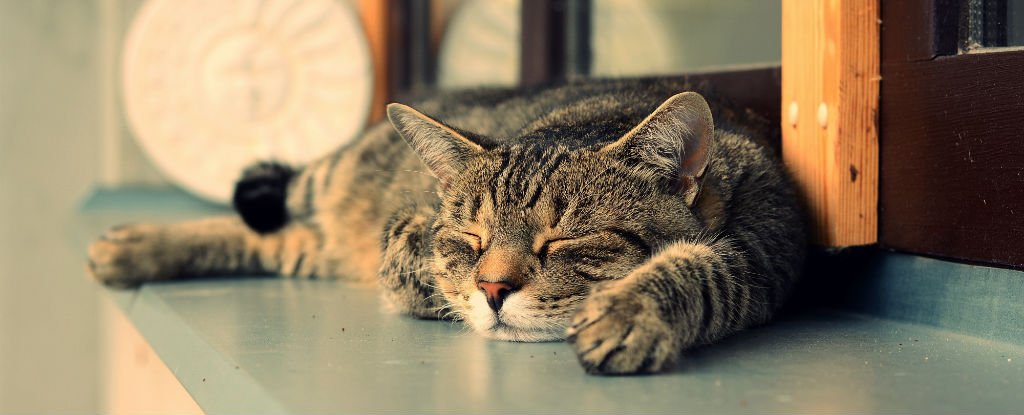
Keeping your cat as a house cat will help keep them away from busy roads but some indoor environments can become predictable and boring leading to stress inactivity and obesity. But what they might not know is that back in the 70s or 80s cats used to live to be just a little over seven years old.
Cats who spend their lives exclusively outdoors live an average of just 2 to 5 years.
How many years can house cats live. 27 rows Cats who spend significant unsupervised time outdoors tend to survive to be about 7 years old. As weve mentioned the average lifespan of a cat is a rather broad notion. Essentially the range has been narrowed down to approximately 9 to 15 years.
The biggest factor that influences the lifespan of a cat even more so than genetics is whether your cat is an indoor or an outdoor cat. Anyone with a cat in their life will know that theyre probably going to stick around for a while with the average lifespan of indoor house cats these days hitting an impressive 12 to 15 years. This has increased dramatically over the past few decades with the average cat living to just seven years in the early 1980s and just over nine years in 1995.
Domestic cats can live for up to 20 years. Factors such as diet healthcare and environment can have an impact. Neutered cats tend to live longer.
Cats have six key life stages which can help to understand certain healthbehavioural problems. Understanding your cat can take time. In the wild the average lifespan of a cat is anywhere from 2 to 16 years.
A house cat has a longer average lifespan of 12 to 18 years though its not uncommon for domestic kitties to live into. A Siamese cats life expectancy is about 15 years while for Persians it can be up to 17. In general a cat is considered a senior when he reaches his 9th birthday – the equivalent of the mid-50s for humans.
Boosts for a longer life Just as with humans cats living a healthy lifestyle improve their chances of marking more birthdays. It has become a truism on the Internet that with access to current medical and dietary advancements the ideal cat can or may live to up to 20 cat. Indoor cats tend to live longer than their outdoor counterparts typically reaching 10 to 15 years of age.
Cats who spend their lives exclusively outdoors live an average of just 2 to 5 years. An indoor cat may live 15-17 years while the life expectancy for outdoor cats is only 2-5 years according to researchers at University of California-Davis. Jeff Levy DVM CVA owner of House Call Vet NYC also discourages owners from keeping cats outdoors.
He adds that the extreme climates of the outdoors can be very hard on a cat. Many people believe that cats can be left alone for long hours every day and can even safely be left alone for days or even weeks as long as food and freshwater are made available to them. Everyone whos ever been a cat parent knows that cats are usually expected to live for more than 12 years nowadays.
But what they might not know is that back in the 70s or 80s cats used to live to be just a little over seven years old. In 1995 their life span had already been dramatically increased with most cats reaching the age of 9. A Brief History of House Cats It may be that nobody owns a cat but scientists now say the popular pet has lived with people for 12000 years.
Where multiple cats live in the small area of a house or flat the space available to each cat is limited and thats when conflict can occur. Cats become easily stressed when they dont have their own space and you are likely to see problem behaviour such as spraying and scratching and aggression towards each other becomes more likely. Keeping your cat as a house cat will help keep them away from busy roads but some indoor environments can become predictable and boring leading to stress inactivity and obesity.
It can be particularly hard for cats to cope with living indoors if they have lots of energy love to explore and have previously been allowed time outdoors. Most domesticated cats however roamed far shorter areas when left outside to explore freely and many of them ventured no further than a mile away from where they live. A cat who lives in a densely populated neighborhood shared with a number of other cats may explore only the end of his street and some cats may even prefer to stay within the.
Many cats have mild symptoms for months or even a year or so before its picked up. So right there you have a survival time of around 1 year. Then after diagnosis a lucky cat who doesnt have complications can cope just fine for months or years albeit getting more and more skinny.
While cats can live healthy lives into their late teens and even early 20s there comes a time when your pet will begin to decline either due to old age or a progressive or terminal medical issue. Recognizing when the end is approaching for your beloved feline will help you make the most loving and compassionate choices for her and for yourself. For the former indooroutdoor cat a two-box system filled with fine-grain clumping litter works best.
Place one where you want the litter box to permanently reside and put the transitional box at the door the cat once used to exit the house. When she finds that she cant.